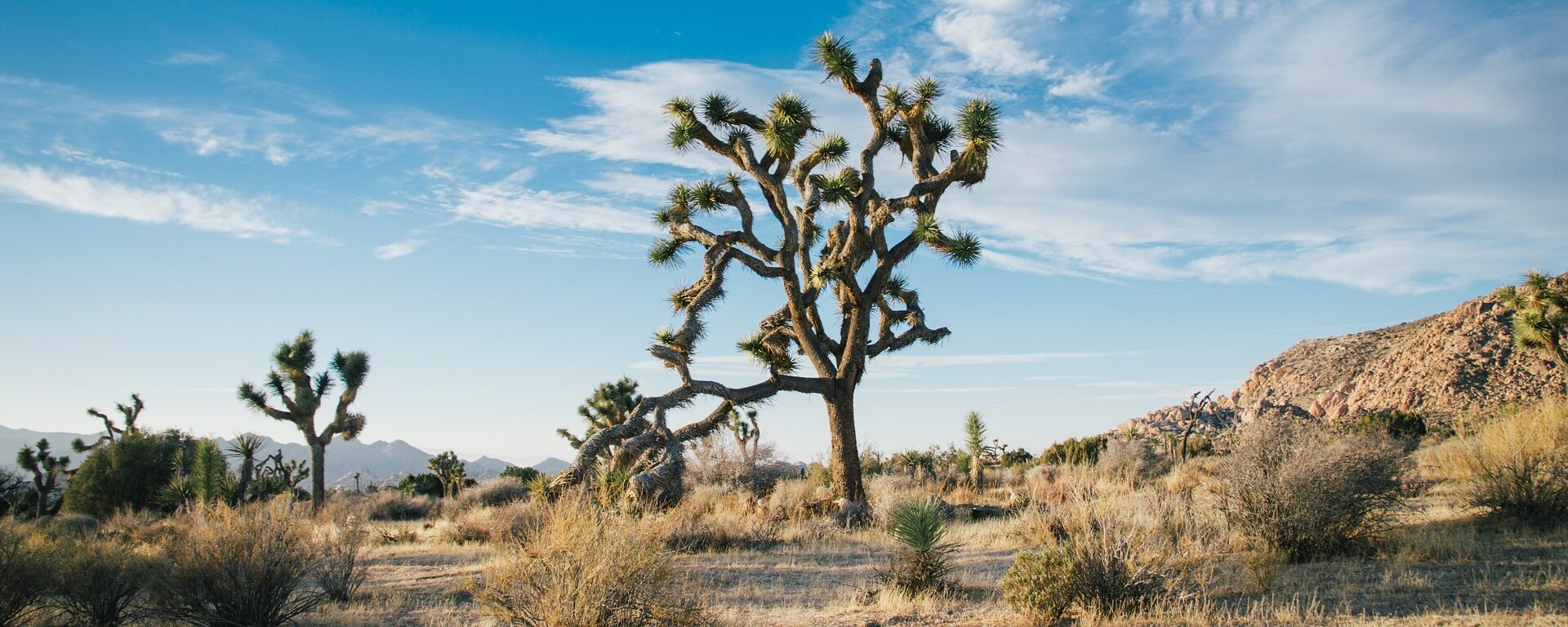The Sonoran Desert of southern California has long been a region of under-appreciated natural significance. For most, the term “desert” evokes images of a bleak and lifeless wasteland—a place of unforgiving heat, sun, sand, and rocks. Throughout history, the Southwest’s deserts have been avoided or they presented a challenging obstacle on the way to a greener place. In the 19th century, during the era of exploration and migration, the desert was seen as an area to be crossed as quickly as possible. Even today, the Sonoran Desert remains one of the least populated areas in California. Historically and recently, many who ventured into the desert did so for utilitarian purposes—for activities such as mining, military training, farming, off-highway vehicle (OHV) recreation and, more recently, for energy production. In general, however, there has been a lack of awareness of the special and uniquely diverse species and ecosystems found in the region, leading to an unfortunate under-appreciation for what is truly an area of incredible
natural significance.
A Framework for Effective Conservation Management of the Sonoran Desert in California

